Red color is everywhere in nature. Its presence in photography is very strong. If it occupies a small amount of place in a picture, viewers’ attention must attract on that particular area or object. Red light has longer waves, with wavelengths around 620 to 750 nm. Red appears more brilliant against a black background and somewhat duller against the white background. Based on color wheel, the analogous color or side by side red hue is red, red-orange and orange. The complimentary color is green.
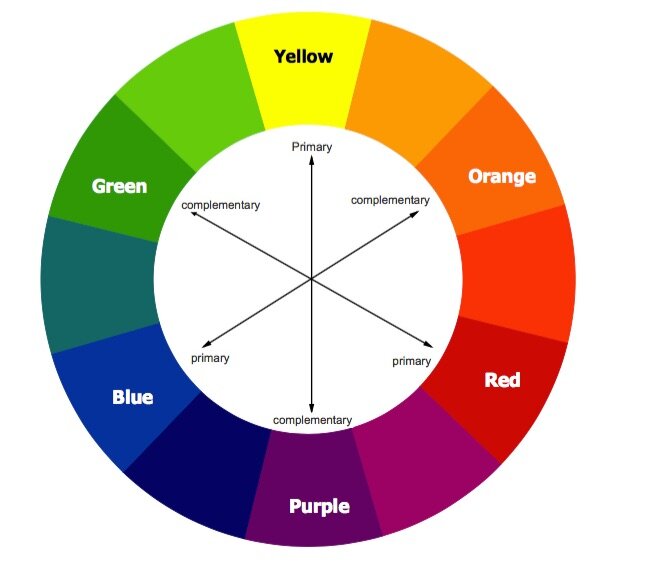
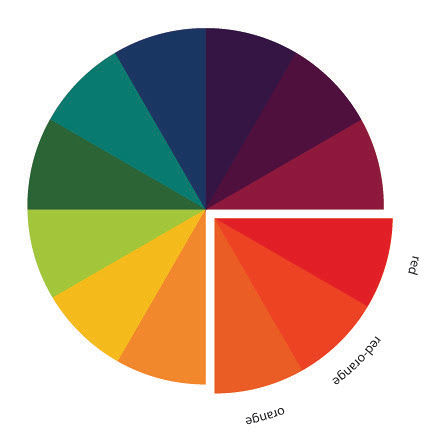
Red color and various cultures
Red color or red ochre pigment was used in prehistoric and ancient times. Its presence in a photographic composition conveys a strong message with full authority. Red has several meanings in various cultures and beliefs. In some parts of Africa, it stands for mourning, In China, red color is used in the customs like funerals, weddings, and new year festivals. It symbolizes good luck to them. In India, it represents purity, fertility, wealth, and Goddess Laxmi. Red is the color of heroism in Japan.
Meaningful red color in photography
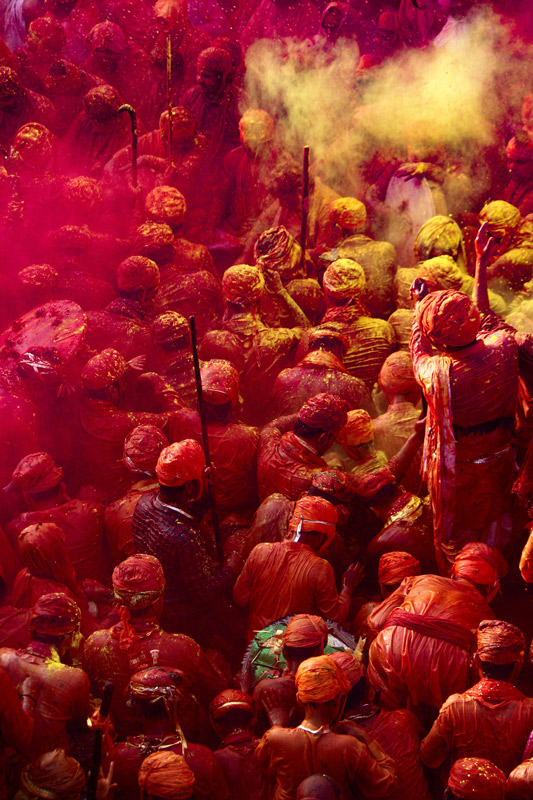

Red color. We can connect ourselves red with life and vibrancy. It is strongly associated with love, passion, seduction, and sex. On contrary, red symbolize an indicator of exertion, anger, destruction, and embarrassment. The color of blood and the holy spirit as well as the Christian martyrs made a common belief of danger, mourning, and sadness. The international standards of traffic lights set a message of stop or danger.
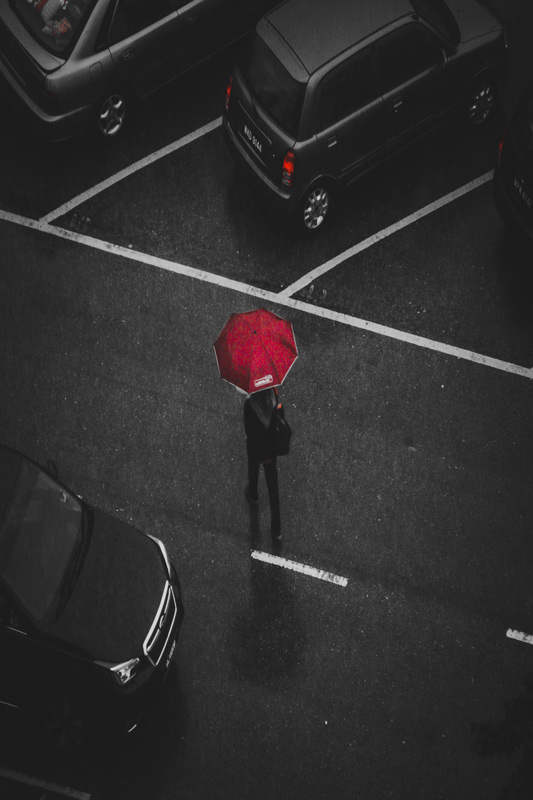
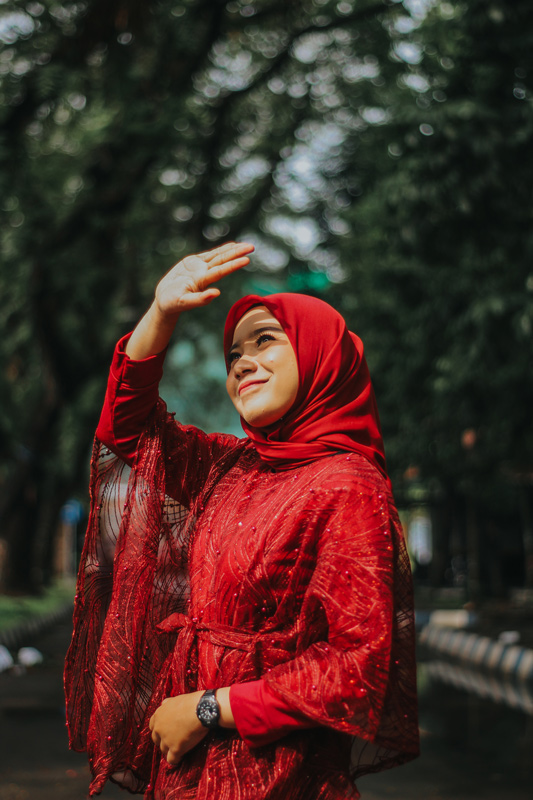
Portraiture and red color

It creates a lot of drama and intrigue. Viewers are automatically attracted to the red hue. For example, red lips with a little closeup of the subject’s face or wearing red clothes by the subjects. It creates a sense in the viewers’ minds engaging themselves with the specific point where the red color is present.
Landscape and red hue


The red hue is found in flowers and sunsets in nature. In a green (complementary color) background, the red color subject automatically creates an appealing contrast.
At the sunrise at Kanchenjunga Mountain in West Bengal, India, you can witness how sunlight plays and change with lots of colors every minute. At a certain time, the sun’s rays fall on the peak of Kanchenjunga with full red color. You will be spellbound to see the play of colors on the mountain. The autumn leaves also attract the viewers’ point of view.
Street and red color
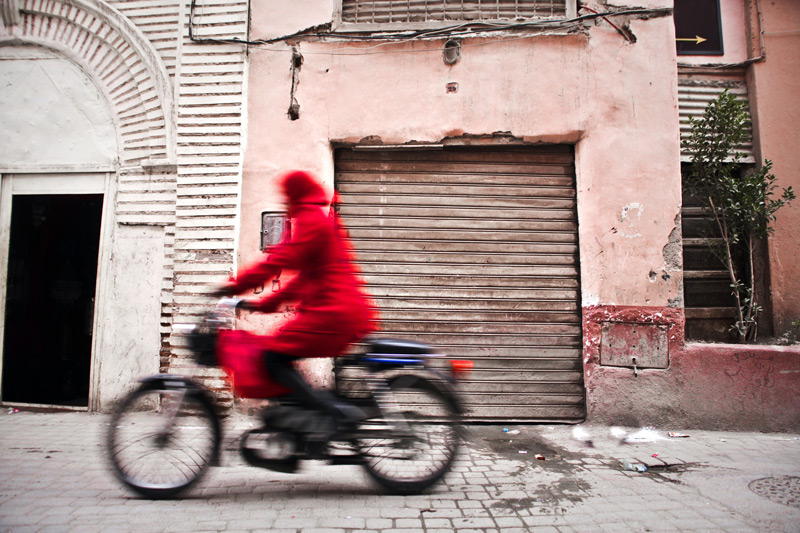
Street photography is a document of daily life. The researchers may analyze the environment, habits, costumes, law, and order of a specific time based on street photography. In a photographic composition, viewers may concentrate their point of view where the red hue is present. For example, the motor cars are running from one direction to another, and the photographer may capture the cars along with a bridge or road, etc. The viewers are attracted by the red hue present of any car or traffic signal or any advertorial board etc. in the composition though its presence is very less or maximum.
The red hue creates a leading line in the subject. For example, a red turban set on the head of a human being, a red door, red color fruits in a pot, and so on. It creates some impact in a photographic composition whether a red hue is present in the background or foreground. It attracts the viewer’s point of view whether its presence is 1% or 100% in a photograph.
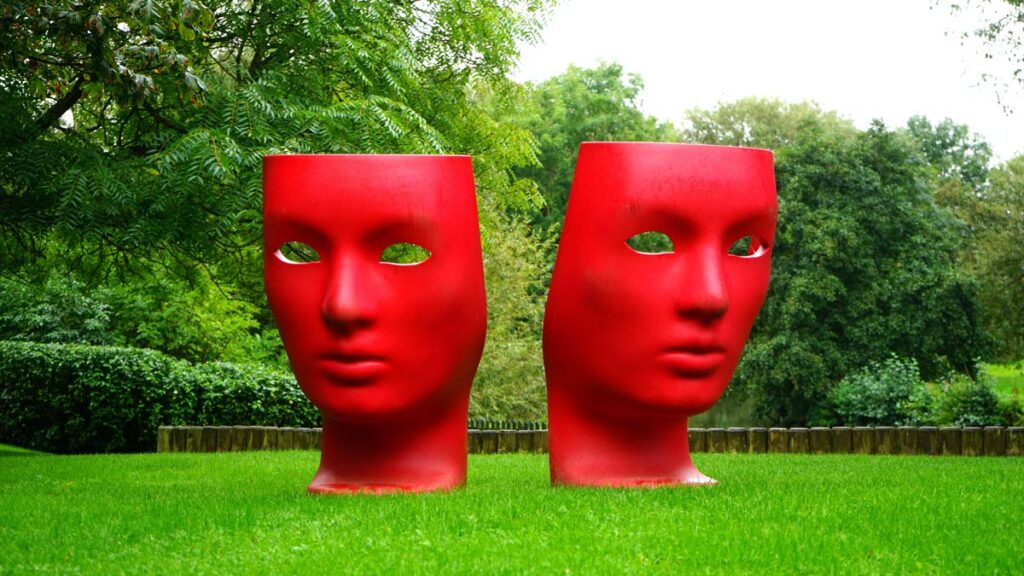
With the historic associations between the red hue and the emotions of passion and excitement. It is a warm color and very active, compelling the viewers to set their focus on red hue.
You might like to read the colors impact on photography like Violet, Blue, Green, Yellow, Orange and white balance.
Acknowledgement: Various photographic websites and pexels.

The information really works for me. thanks
Great informative article about red color, it’s really impressive.
it works
darun
Outstanding information. Thank you so much.